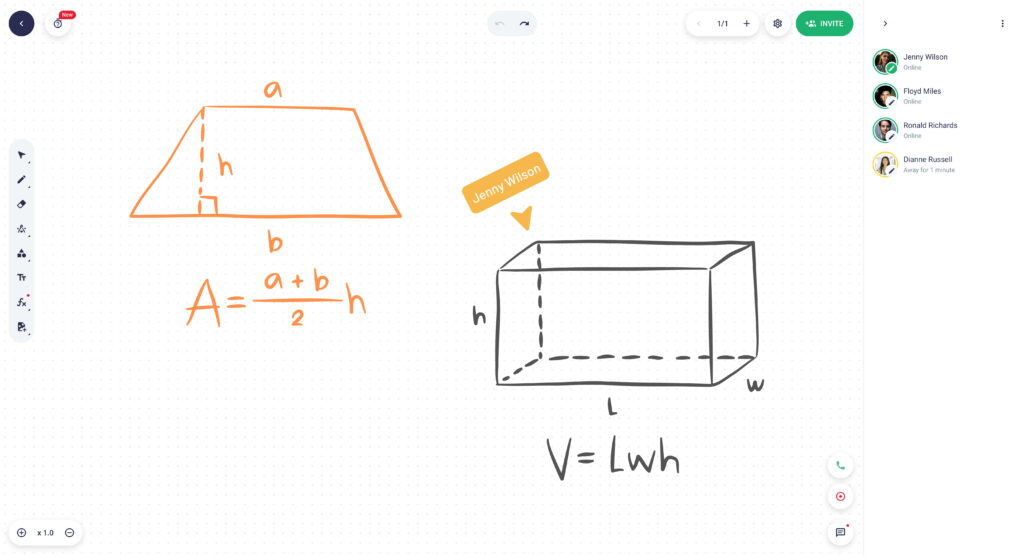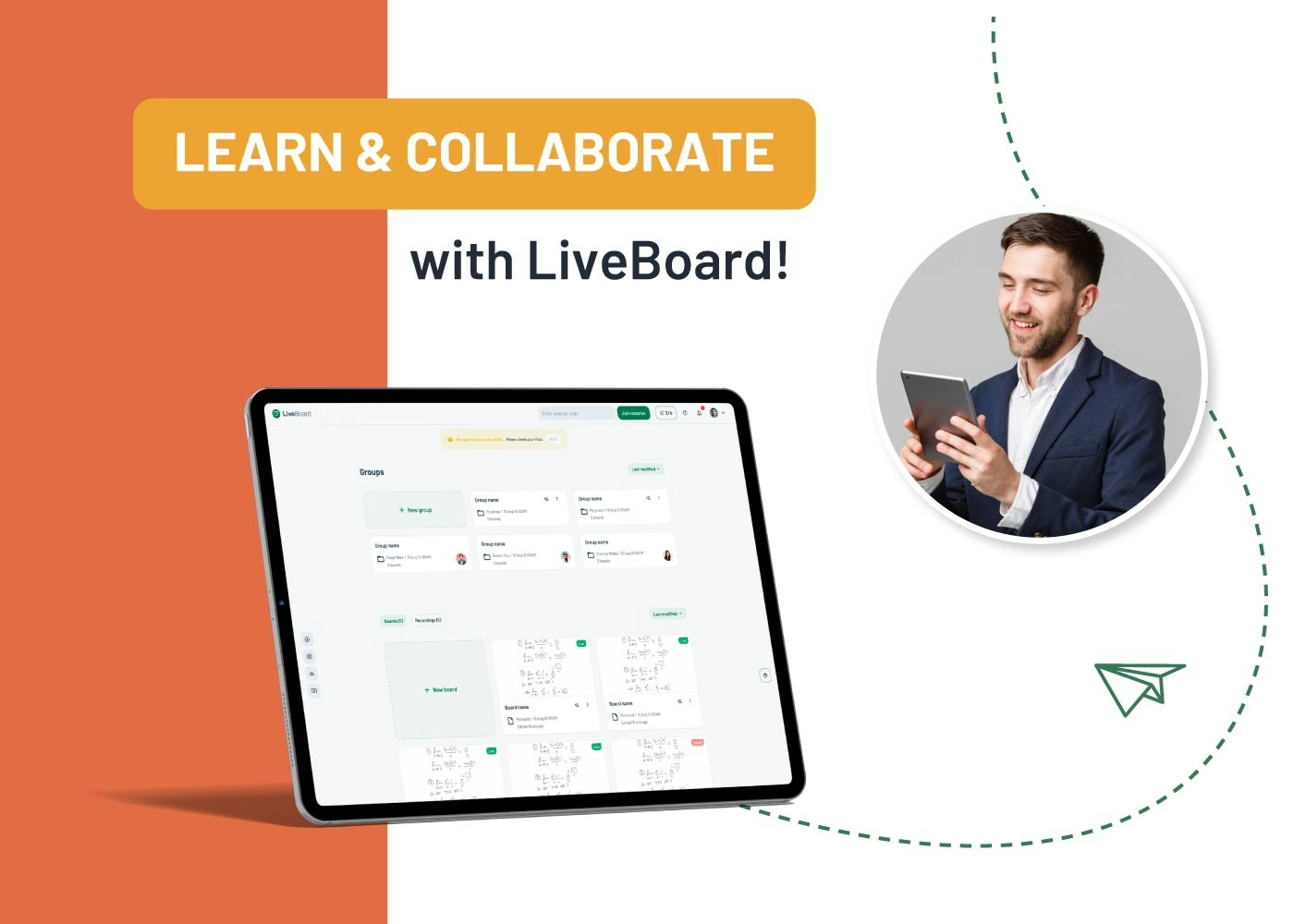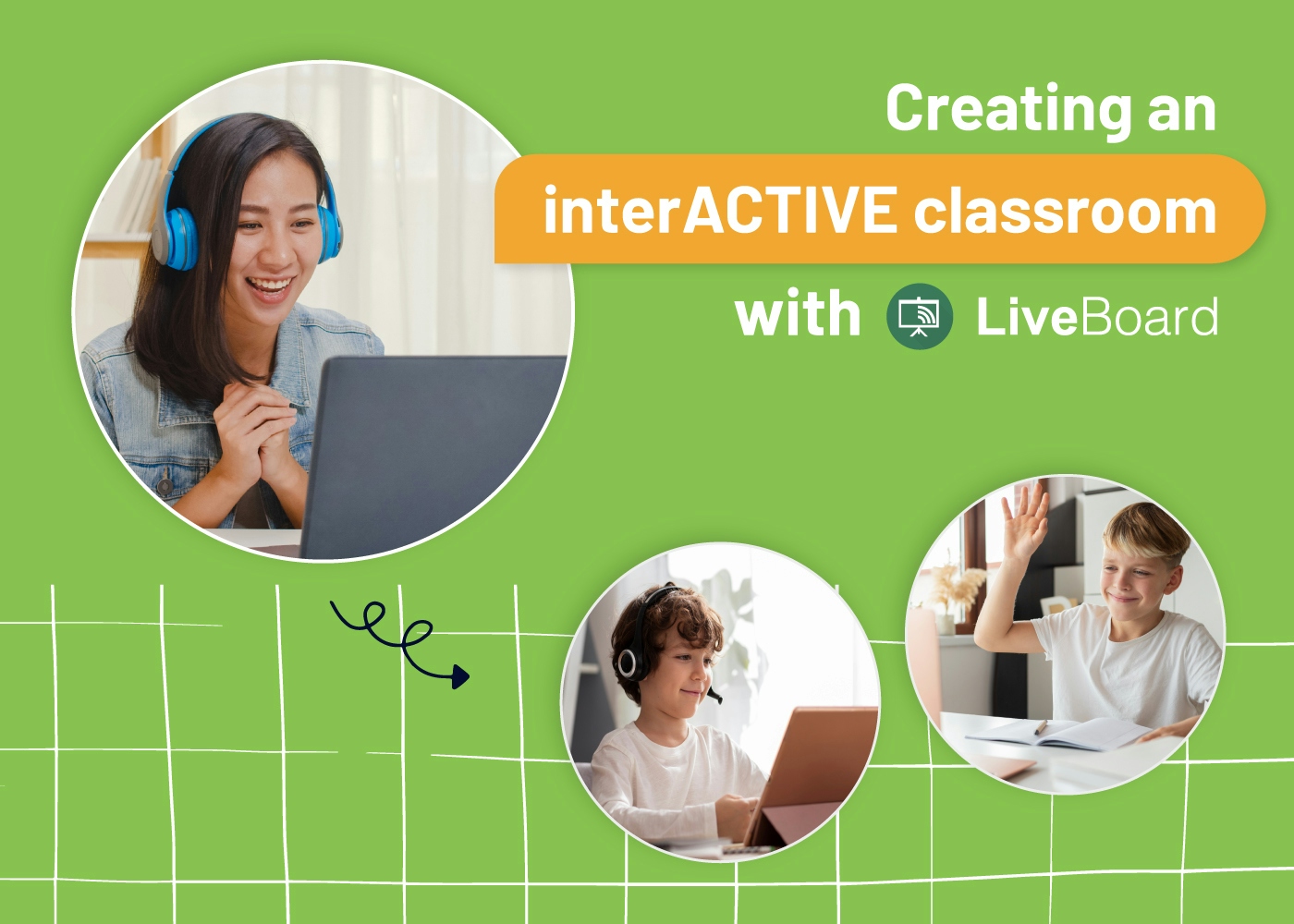Supplemental resources play a critical role in enriching the online teaching experience for both teachers and students. When used thoughtfully and appropriately, supplementary educational resources can help engage students, deepen their understanding of the material, and promote creativity. In this article, we will discuss the benefits of using supporting stuff in online teaching and some tips for selecting the best supplemental resources for your class.
Supplemental resources definition: These are any materials that teachers use to support and enhance the educational experience for their students. Use anything from additional readings to hands-on activities and games. Supplemental resources are not meant to replace traditional instructional methods but to complement them.
What’s the Perk of Using Supplemental Resources?
Whether you’re planning a History lesson on the Civil War or a Math lesson on fractions, some tools and resources can help your students learn more effectively. One of the great things about supplemental resources is that they can be used to adjust almost any lesson and even online ones. In addition, such resources can serve to differentiate instruction for students who have different learning styles or needs.

For instance, if you have a student struggling with a concept, you can use additional material to provide extra support and practice. On the other hand, if you have a student excelling in a particular subject, a supplemental assignment can provide enrichment and challenge.
Choosing the Right Ones
It can be tricky to decide which ones will work best with your students and class with all of the supplemental educational resources available. Let’s try to identify a checklist with some of the most common features. Keep in mind the following points when you are on the hunt for creating thought-provoking lessons.
Identify the Standards and Objectives
First, consider what content standards or objectives you’re trying to address with the supplemental activity. Ensure that the resource is closely aligned with your teaching goals and methodology. Otherwise, it may become more of a distraction than a help.
Check the Quality
It can be tempting to use anything you find with so many online options. However, not all materials can provide a valuable learning experience. Don’t forget to check the quality of the material before using it with your students.
Some things to look for when assessing the quality include:
- Alignment with state or national standards
- The credibility of the source
- Age appropriateness
- Accuracy of information
Consider the Logistics

In addition to the supplemental resources’ content, you’ll also want to think about the logistics of using it with your students. For example, if you’re planning to use a hands-on activity, do you have all the materials you need? If not, can you quickly obtain them? Another thing is to think about whether or not a particular activity will be suitable for an online lesson.
Educators should also consider the time required to complete the extra activity. Ensure that it can be realistically solved within the allotted time frame.
Now that we’ve gone over some things to keep in mind when choosing extra assignments let’s look at some specific examples that can be used to supplement offline and online teaching approaches.
Try Interactive Collaborative Whiteboards
Interactive whiteboards are a great example of integrating modern technologies into teaching various subjects. These boards provide a digital canvas that can be used to write, draw, and even collaborate with other students in real-time.
There are many different types of interactive whiteboards available on the market. Some are designed for use with specific software programs. However, the most convenient ones can be used with any file – PDFs, JPEG, PNG, and JPG.
When it comes to supplemental resources, interactive whiteboards are a great way to provide extra practice for students. The use cases may vary a great deal!
For instance, take LiveBoard! It’s an up-to-date and user-friendly platform that allows educators to create engaging lessons with a few simple clicks!
LiveBoard is not the classic whiteboard you would see in a physical classroom. It is, however, an excellent supplemental resource for online teaching. Imagine recording a live session and later sharing it with your other groups! As for functionality, the platform has some advanced teaching tools, including a graph editor, quiz maker, and students’ attention tracker.

Productive Struggle May be the Answer
When discussing supplemental resources, it’s crucial not to forget that productive struggle should also be included. It’s challenging students just enough so they can learn from their mistakes and figure out the solution on their own.
It is a well-known fact that some difficulty level is essential for learning. A supporting material that provides the right amount of challenge can make a big difference in how students learn and remember new information.
If you think that such an approach will go well with your students, check IXL Math. It’s an online platform that offers Math practices for all grades and levels. Tutors are sure to find exercises and problems matching their students’ abilities.
Engage Students with Games
Who doesn’t love playing games? These are a fun way to engage students and help them learn new things. When used as supplemental educational resources, games can become an excellent way to review or reinforce what has been discovered in class.
There are many games that can be used for educational purposes. Some may require physical activity, while others can be played entirely on a computer or mobile device. A good example is Kahoot! – a game-based learning platform. Teachers can use it to create online games, surveys, and discussions on various topics. It’s a great way to inject some fun into the learning process.
Key Takeaways
So what do we have from today’s research?
Supplemental resources are a great way to enhance online teaching. Educators should consider a few factors when choosing one, such as the time required to complete the activity, feasibility, and whether it’s appropriate for an online lesson.
Interactive whiteboards, game-based learning platforms, and material provoking productive struggle may be an excellent boost for your teaching methodology.
Be sure to try them out and see for yourself! Happy tutoring!


